What is RCCEA
Regional Council ofirish dancing teachersfor Continental Europe and Asia
Welcome to the new website of the Regional Council of Irish dancing teachers for Continental Europe and Asia, formerly known as RTME.
28 Countries
RCCEA covers continental Europe and Asia
73 Registered Teachers
57 teachers residing in Mainland Europe/Asia
16 teachers residing in other regions
57 Schools of Irish Dance
More than 2000 dancers across Europe and Asia
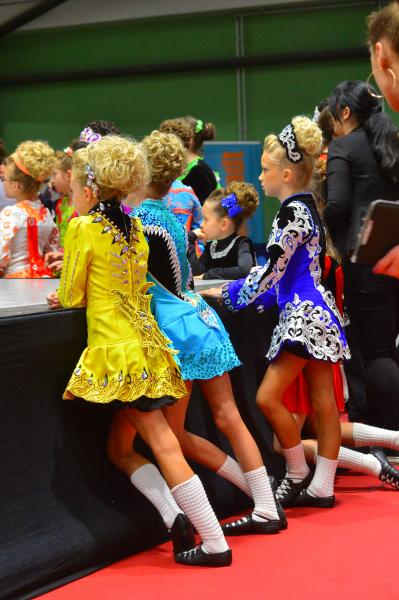
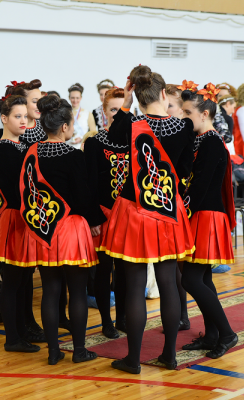
RCCEA
Regional Council of Irish dancing teachers for Continental Europe and Asia, formerly known as RTME, is an expanding group of teachers certified and registered with CLRG – The Commission of Irish Dancing with its headquarters in Dublin. This is the largest governing body of Irish dancing world-wide, whose function is to set the highest standards for teachers, adjudicators and dancers alike. RCCEA is its sole affiliate across the landmass of EurAsia. Elections take place every two years to form our Council, whose prime objective is to implement and uphold CLRG rules, as well as formulate new rules where and when we see fit.
If you, as an Irish dancing teacher or pupil, would like to learn more about what we do, we advise that you make contact with your nearest Regional representative, who will be only too delighted to answer all your questions. Please dig deeper into our site and you will be amazed to see that there are close on 100 teachers and schools teaching Irish dance across a host of culturally diverse countries. We hope you enjoy what it is we do!
IRISH DANCING
Over eighty million people in the world claim to have Irish heritage. So it’s no wonder that Irish dancing, the traditional dance form of Ireland, is so popular, not just amongst Irish communities scattered across the continents, but in countries as far afield as Japan, Brazil, Argentina, South Africa and in at an ever growing rate in Eastern Europe.
A network of Irish dancers and their teachers span the globe, regularly meeting to compete, share knowledge and enjoy this rich culture. Focused primarily on footwork, Irish dancing is performed either individually (step dancing) or by teams (céilí and set dancing), and accompanied by traditional Irish music played on a variety of instruments, such as accordion, piano, fiddle, flute or banjo.
Timing and rhythm are of utmost importance and it is the intricate and fast paced footwork that has captured the imagination of the world outside of the Irish community. This mixture of rhythmic footwork and lively music is sure to set toes tapping, wherever they are heard! Catapulted onto the international stage by shows such as Riverdance and Michael Flatley’s Lord of the Dance, Irish dancing is an exciting and ever evolving dance form, with a long history and a strong sense of tradition. © source
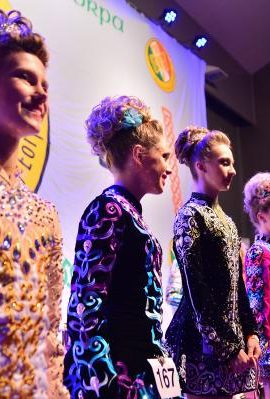
If you, as an Irish dancing teacher or pupil, would like to learn more about what we do
we advise that you make contact with your nearest Regional representative, who will be only too delighted to answer all your questions.
STRUCTURE OF RCCEA
All registered members meet annually online in an “Open Meeting”. Officers elected to the council serve for a two-year period. They meet as necessary (minimum 6 times per year). Current elected officers of RCCEA are:
RCCEA OFFICERS

Rachel Franzen
PRESIDENT
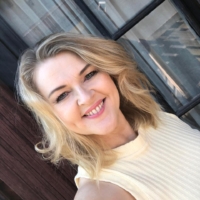
Mary Sweeney
VICE PRESIDENT

Jan Klasterka
SECRETARY
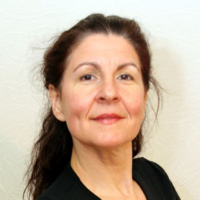
Madeleine Friesinger
VICE SECRETARY

Madeleine Friesinger
TREASURER
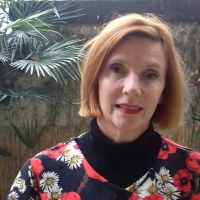
Esther Bromley
VICE TREASURER
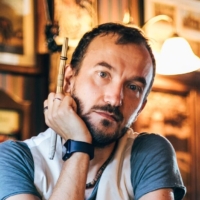
Daniele Rigamonti
FEIS REGISTRAR
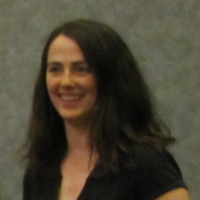
Áine Halpin
TRANSFER SECRETARY

Cristina Pini
CHILD PROTECTION OFFICER
REGIONAL REPS

Áine Halpin
NORTH WEST EUROPE

Jan Klasterka
NORTH EAST EUROPE
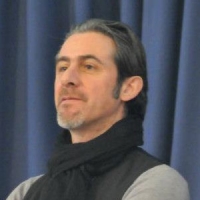
Biagio Mineo
SOUTH WEST EUROPE

Esther Bromley
SOUTH EAST EUROPE
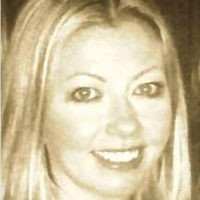
Kathryn Barton
ASIA AND MIDDLE EAST
PUBLIC RELATIONS COMMITTEE

Daniele Rigamonti
CHAIR

Cristina Pini
-
RCCEA OIREACHTAS COMMITTEE

Biagio Mineo
CHAIR

Mary Sweeney
-

Kathryn Barton
-

Rachel Franzen
-
-
-

Esther Bromley
-
PROFESSIONAL DEVELOPMENT WORKGROUP

Jan Klasterka
-

Cristina Pini
-

